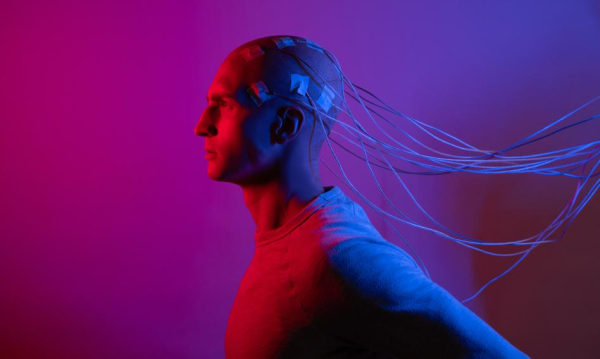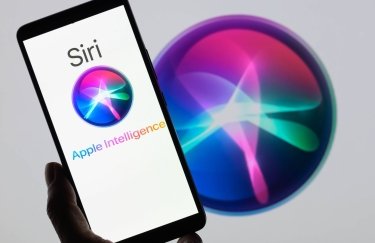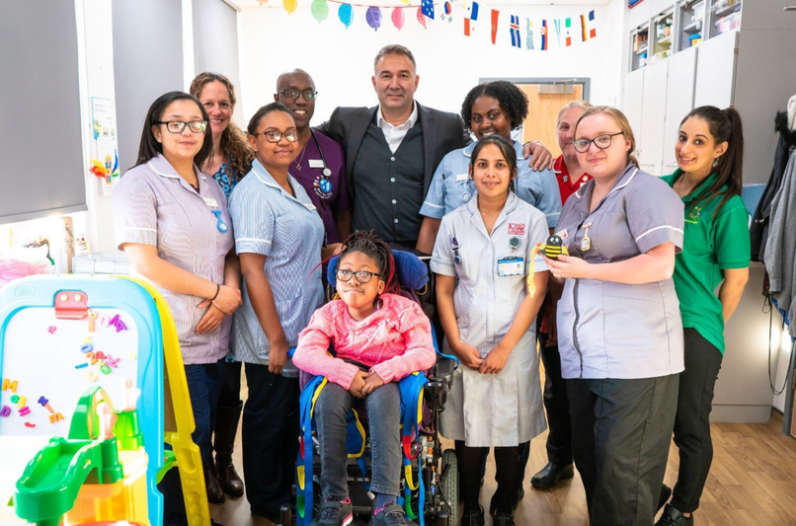Several companies in the world and a small number of research teams are working on using living neurons to build biological, intelligent computers. Such processors would be incomparably more efficient than silicon chips supporting artificial intelligence – neuroscience expert Dr. Ewelina Kurtys told PAP.

The living brain is incredibly efficient and effective in terms of information processing – if this could be used in technology, it would mean a revolution in IT – believes the expert.
“The main reason we are working on computers made of living neurons is that nerve cells are very energy efficient. We know this from observing the human brain. At this stage, we see this as the greatest advantage of using living neurons. Current research on artificial neural networks focuses mainly on speed and precision, and less attention is paid to saving energy. Meanwhile, energy consumption by artificial intelligence is growing exponentially. So this will be a significant problem in the future,” explained Dr. Ewelina Kurtys, a researcher working at the Swiss company FinalSpark.
As she emphasized, we are only seeing the beginning of work on living computers.
“This is a very innovative field. Apart from FinalSpark, only two startups are working on it – in the US and Australia. As for scientific research, only a few works are being conducted. This is particularly true for research on the use of human neurons, because it has only been about 15 years since we have been able to obtain them relatively easily from stem cells produced from human skin cells,” the researcher noted.
She added that creating a “living processor” is a huge challenge for many reasons. “First, neurons are cells that are very sensitive to any changes in the environment. You have to very closely monitor all parameters, such as access to oxygen, nutrients, temperature, etc. In our experiments, we create a group of about 10,000 neurons that form a structure about 0.5 mm in size. We grow them on a plate with an appropriate medium,” she reported.
Although nerve cells are very sensitive, they can function for a long time under the right conditions.
“We know that neurons in the human brain can live up to a hundred years – most of them work from birth to death. So theoretically, living, cultured neural networks could also work for years. We keep our cells alive for three months because that's how long we need at this stage of research,” said Dr. Kurtys.
Living networks are affected with the help of traditional electronics. “The group of neurons that we are cultivating is currently connected to eight electrodes. With their help, we send and receive electrical signals from cells. Neurons communicate using chemical and electrical impulses. In this way, we train our network and recover information from it,” the specialist described.
She added that in the laboratory where she works, it can even be done remotely. “We developed such a system during the pandemic. Thanks to this, we opened our laboratory to other teams from different parts of the world. From the proposals for experiments sent to us, we select the most interesting ones and allow other scientists to carry them out on our networks for free. We also have the first commercial customers who rent our laboratory remotely for experiments,” noted Dr. Kurtys.
As she recognized, programming living cells is a huge challenge: “The process of learning living neural networks is still the subject of intensive research. In fact, no one yet knows exactly how the brain learns; what mechanisms are behind it; what are the brain's learning algorithms. And this is a huge scientific challenge. People are trying to conduct research on this at various levels. For now, we are conducting experiments in which we send different electrical signals to cells and measure the responses. Our goal is to obtain a sensible relationship between what we send to neurons (input) and what we receive from them (output).”
It turns out that a living network can work a bit like a so-called black box. “Our goal is not really to understand exactly how neurons work, how they learn. What we are really interested in is the result. So if we manage to achieve learning and the ability to perform various meaningful tasks, then even if we don't know exactly how neurons do it, that's also fine,” the specialist explained.
She added that data transfer between networks should also be possible: “When it comes to moving information from one network to another, we believe that there are solutions for that too. If we develop techniques for reading information from networks and training it, we will probably be able to transfer information between networks in this way – read the content of one network and train the other based on that, that is, transfer information to it.”
Slightly different research is also being conducted around the world – on the use of systems already developed by nature, e.g. the nervous systems of simple organisms such as insects.
“However, we are going in a different direction. We want to create a bioprocessor based on human neurons. In the case of small groups of cells, the type of neurons may not be so significant – we could use rat or mouse cells, for example. However, over time, as these structures get larger, it may become important. We know that the human brain is unique and has the greatest computational capabilities among the brains of all species. We believe that the use of human cells will allow for the processing of more complex algorithms in the future. We have an ambitious goal to develop a working biocomputer within a decade. We predict that such technology will generate over a billion dollars in profit per year,” she emphasized.
In the area of network training, the researcher and her colleagues have only achieved their first successes. “At this stage, which is very early, we have managed to record one bit of information in a living network. It is really not much, but it can be considered a success that we have managed to control a network composed of living cells. Our competitors from the Australian company Cortical Labs managed to train a similar network to control the game 'Pong'. We have tried to reproduce this result, but so far we have not succeeded,” said Dr. Kurtys.
However, this is just the beginning of the road – she reminded. “I think that obtaining more complex algorithms is a matter of time and financial outlays. For example, we are looking for investors, because our project is so far fully financed by the founders of the company. Among other things, experts in various fields, both technological and biological, are needed” – she pointed out.
Meanwhile, questions are already emerging about the ethical aspects of such work; even about whether complex structures of neurons will have consciousness.
“This is a very broad topic, and any theses are difficult to prove. The issue of consciousness itself is very abstract and is based solely on opinions, not facts. However, these questions are certainly important. We also participate in discussions with philosophers and ethicists on this topic. We try to interest them in this problem. The first scientific publications on these issues are already appearing. We are not experts in philosophy or ethics, so we want specialists in these fields to speak out. We want the technology we create to be accepted in society. The research conducted on this subject so far shows that society currently perceives such technologies differently – sometimes they arouse fear, and sometimes interest and hope,” noted Dr. Kurtys.
If living computers are created and widely used, they are unlikely to cause the disappearance of traditional processors. “I see a future in which different technologies will be used simultaneously, for different purposes. We will have a variety of processors. Numerous systems for specific applications are already being created. In addition, quantum processors are being developed alongside regular computers, which are supposed to be perfect for selected tasks. It will be similar with living neural networks. A traditional computer, for example, copes better with repetitive tasks than a human, but the brain, for example, filters information much better. I think that all technologies will find their place. On the other hand, we believe that biological neural networks will be more efficient than those created on silicon processors, so in some places they can replace them,” the specialist added.
Dr. Ewelina Kurtys is a scientist working on biological computers at the Swiss company FinalSpark. She is an expert in neuroscience and the commercialization of new technologies and strategies for their development.
Marek Matacz (PAP)
mat/ bar/ mhr/






